A Woman’s Guide to Wetsuit Entries

Wetsuits are improving each season: more durable, extra warm, and crazy flexible. But what about getting in and out of your wetsuit? Whether you're looking for a chest zip, back zip, or zip free entry: each design has its pros and cons. This guide was built with women in mind and the common questions we’ve heard over the years. Follow this Woman’s Guide to Wetsuit Entries to figure out which wetsuit design will enhance your time spent in the water.
Chest Zip Entry

Chest zip wetsuits are fairly easy to use after a bit of practice to get in or out of. The chest zip design offers a sleek and sporty look. You’ll know the suit is fitting correctly if it lays snuggly against your chest and doesn’t pull at the armpits or shoulders. If you are venturing into waters where a hood is required a chest zip is the best option because of how well they stay sealed. Chest zip wetsuits generally range from 2mm - 6mm.
How to get it on and off
To get a chest zip on and off you simply step into the legs and pull the body of the suit up to your waist. Next, shimmy the suit up to your chest and pull your arms through the sleeves. Finally, pull the neck hole over your head and zip up! Sometimes the neck hole can be tricky. If there’s a hood involved it can also get a little claustrophobic. So, if you’re someone that gets easily flustered by confined spaces, this might not be the option for you.
How do chest zips work
Chest zips provide a base for your hood to stay in place eliminating the likelihood of flushing. While it might seem like the zipper would get in the way while paddling, it does quite the opposite. It is barely noticeable while navigating through the water. Generally, the suits with the pre-threaded zippers are easier and faster to close. Zippers that are unattached at the base take a bit longer to close, but that won’t affect the overall performance of the suit.
Benefits of a chest zip wetsuit
The main benefit of a chest zip wetsuit is the fact that there is less possibility of flushing water into the suit. The way that a chest zip closes prevents water from going down the front of the body in situations such as duck diving or turtle rolling. Chest zip wetsuits tend to lay nice and flat against the body making them extra comfortable. Most chest zip wetsuits also have a hidden key tab underneath the front flap where you can tie a car key or keep a stick of wax while out in the lineup. Almost all suits with a hood use chest zip entries making them a great option for cold water surfers.
From a Ladies Point of View
Overall, chest zips are comfortable and the zipper tends to sit a few inches below the collarbone. For a bustier woman, this might be a more challenging suit to get on and off due to the zipper location. But once it is closed it will hold 'em down leaving you feeling confident to paddle out.
Let’s talk about hair for a second. One of the most challenging parts of getting a chest zip wetsuit on or off, especially with an attached hood, is not being suffocated by long hair in the process. That doesn’t mean that if you have a lot of hair that the chest zip/hooded chest zip is a lost cause. If you know you want to go with a chest zip entry design or a suit with a hood, prepare your hair before getting it on. If you’re able, put your hair in a low ponytail, braids, bun, etc… to get it out of your face. Then if you want to go the extra mile to avoid yanking out tons of hair, use your conditioner or some sort of oil (coconut oil or hair oil) at your roots. It will help prevent pulling on your scalp.
Back Zip Entry

The back zip entryway has stood the test of time in the wetsuit industry. It comes as no surprise that they are one of the most comfortable suits to get on and off. Almost all back zip wetsuits do not have a hood attached. You can purchase a separate hood to accommodate the water temperature. Back zip wetsuits usually range between 2mm - 4/3mm in thickness, but you can find some brands that make 5/4mm back zip wetsuits.
How to get it on and off
Back zips offer a larger entry for you to get in and out of your suit. The vertical zipper, usually running from your waist up to your neck, closes with the attached long pull tab. That pull tab is made to be an accessible reach to get the suit on and off. It may run the risk of flushing, due to the design of the back zip not having as many front panel layers.
How does the back zip work
For someone without great shoulder mobility or someone new to fitting into wetsuits, a back zip is the best option. The back zip entry system is the easiest to maneuver because the zipper begins at the widest part of the body. Being able to pull the suit up to your hips, then up to your chest to slide your arms from the back into the front of the suit has the least amount of impact on the shoulders.
Benefits of a back zip wetsuit
The main benefit of a back zip wetsuit is the easy entry and exit. Some premium suits are designed with a gusset to provide an extra layer under the zipper to prevent flushing. These suits have slightly smaller openings but provide significantly more warmth and flushing prevention. Take note! We’ve seen a lot of novice back zip wetsuit wearers attempt to put the suit on backward where the zipper ends up on the front of the person. Always make sure that the zipper ends on the back of your body.
From a Ladies Point of View
Back zips are a great option for the curvier surfer. The large entry point creates a much more malleable suit to fit snugly to the natural curves of a woman's body. This design of the suit is a great option if you have wider hips or an hourglass shape. If you are in an area that requires a 5/4mm back zip and a hood, there are insertable hoods available that help with warmth in colder water.
Zip Free Entry
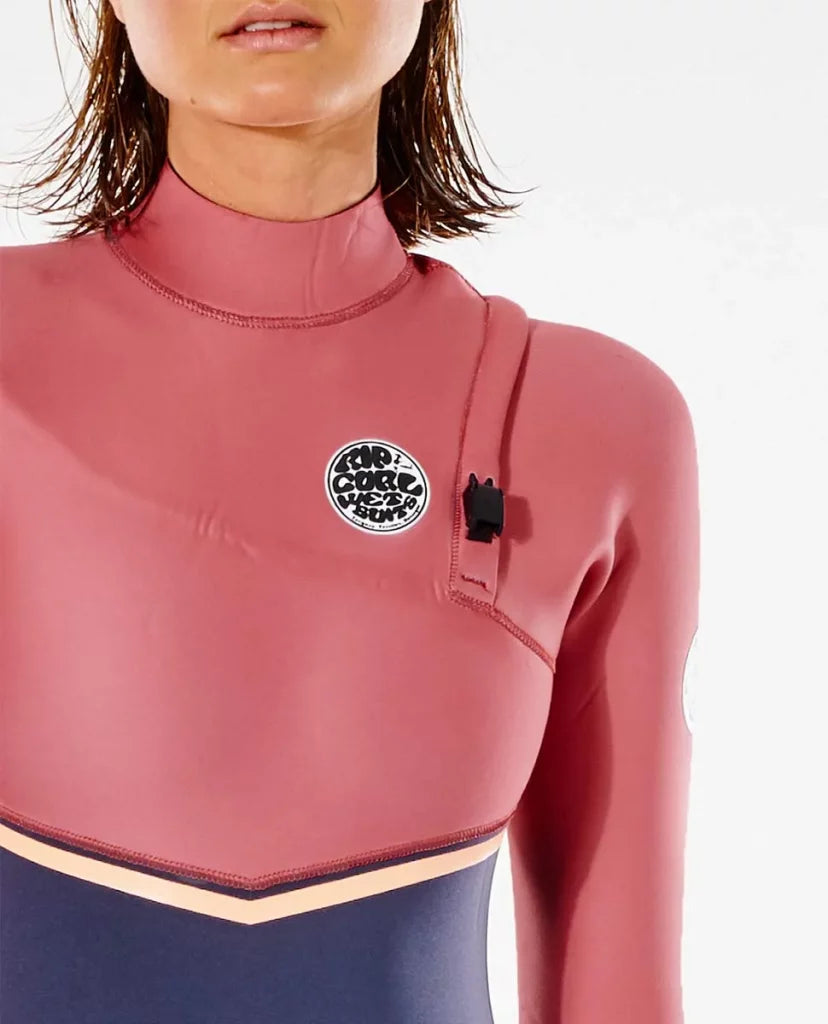
The fewer gadgets on a wetsuit the better. Less metal means less material to rust or go bad. A zipperless suit is a great option for someone that has plenty of experience with chest zip wetsuits. The neoprene used to make zipless wetsuits has more stretch making them extra flexible. However, flexible neoprene can mean a less durable suit.
How to get it on and off
Step into the suit the same way you would a chest zip: through the shoulder opening and into the legs. Slide the suit up to your hips and chest, then your arms through the sleeves. Finally the neckpiece: don’t be afraid to stretch and pull that piece of neoprene over your head so you can guide your head through the small entry. Once the suit is fully on it should lay flat and snug on the body. There is usually a cinch cord where a zipper might end allowing you to adjust the tightness of the neoprene on the chest.
How does the zipless work
The zipless wetsuit offers the same amount of flush protection as a chest zip wetsuit due to the similar construction. Layers of neoprene create a seal that prevents water from rushing into the suit much like the chest zip suit, but without the zipper. Zipless designs are typically offered for suits ranging from 2mm – 4/3mm. As the neoprene gets thicker the suit can become more challenging to stretch.
Benefits of a zip free wetsuit
The main benefits of a zipless suit are comfort and flexibility. No zip wetsuits are made for the technical surfer looking for as little limitation in mobility as possible. While in the water you’ll feel the freedom of no zipper, with the same flush protection as a chest zip wetsuit.
From a Ladies Point of View
Having no zippers is an epic innovation because there’s one less feature to go bad. However, if you are not used to getting a chest zip entry on and off this won’t be a great option. If you are an experienced wetsuit connoisseur this is a great addition to your gear stash. The shoulders tend to be less narrow to make room for entry and exit which in turn makes this type of suit fit like a glove. Even if you are a bustier woman, the layers of neoprene won’t feel so compressed.
Here’s a hot tip for putting on any wetsuit ladies: When first stepping into the suit, think about gathering the neoprene similarly to how you would pantyhose. As you continue to move the suit up your body, keep the neoprene gathered and spread it as evenly as possible. Don’t pull the suit up by the shoulders. That will result in an uneven distribution of neoprene. Also, be aware of your fingernails. Neoprene is strong, but can easily be snagged while getting your suit on.
All in All
How do you decide what entry option to choose? It all comes down to the conditions you're surfing and what is going to help you feel the most comfortable in the lineup. Some things to consider are your body type, your physical ability, and the thickness of the wetsuit that you’re looking for. If you’re not sure, don’t hesitate to contact our team. Also, be sure to check out our Women's Wetsuit Fit Guide to learn more about specific brands and fits. We’ll answer any questions you might have and make sure you find the best suit for your upcoming season. Email us at support@cleanlinesurf.com or call us at 1-888-546-6176.
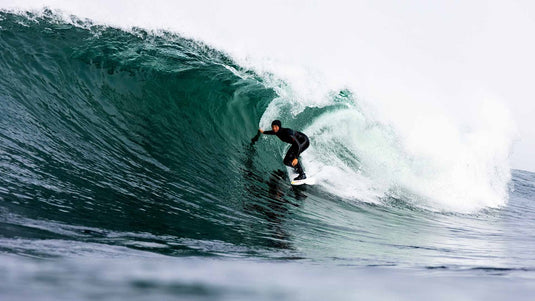
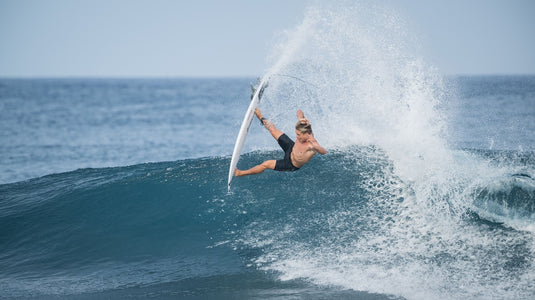
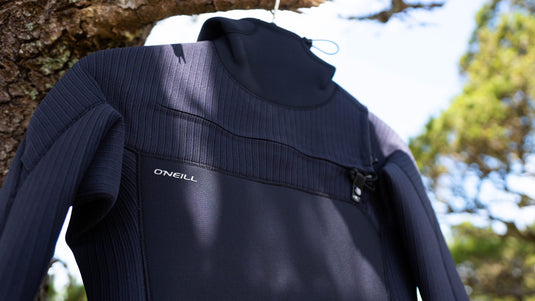
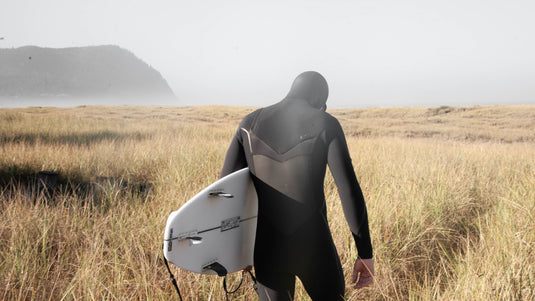
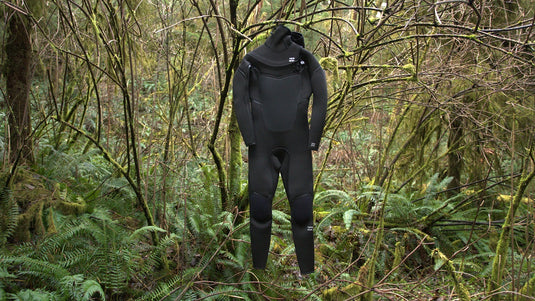
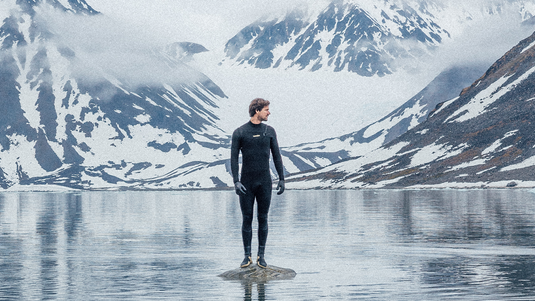
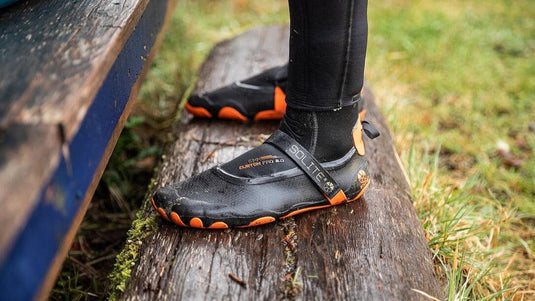
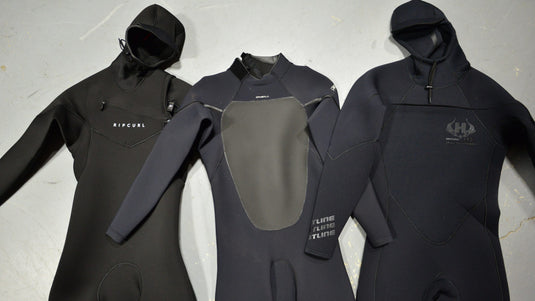
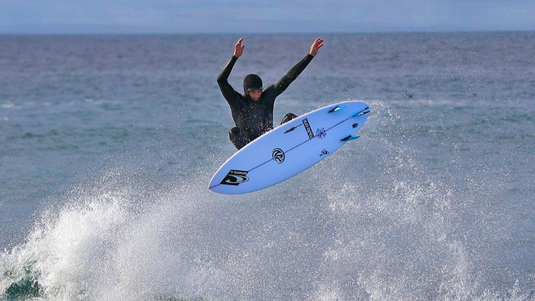
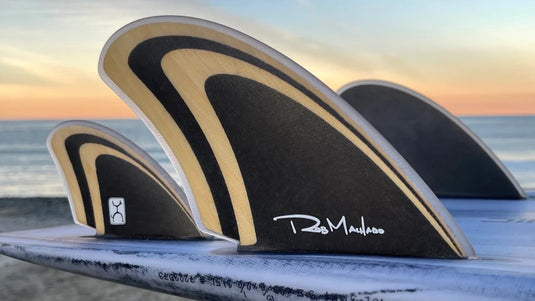
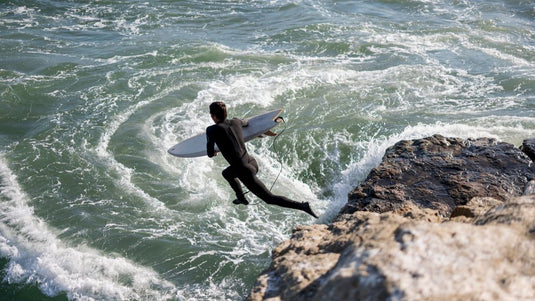

What Our Customers Are Saying